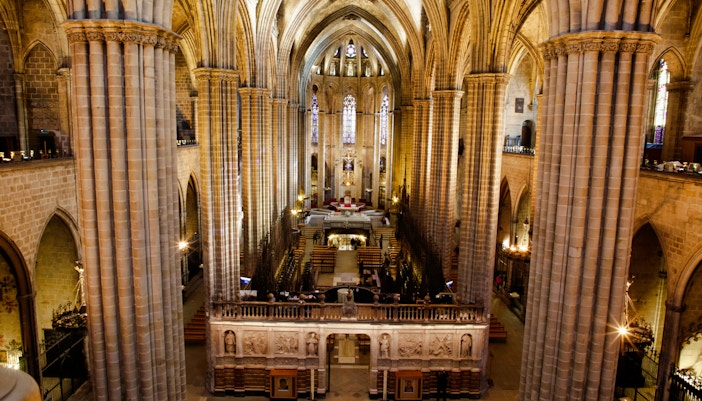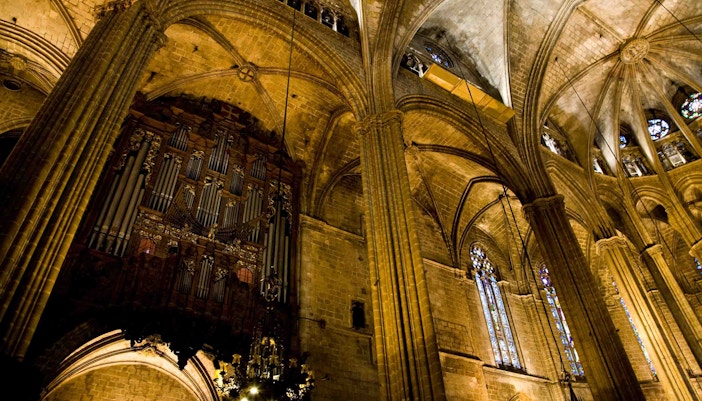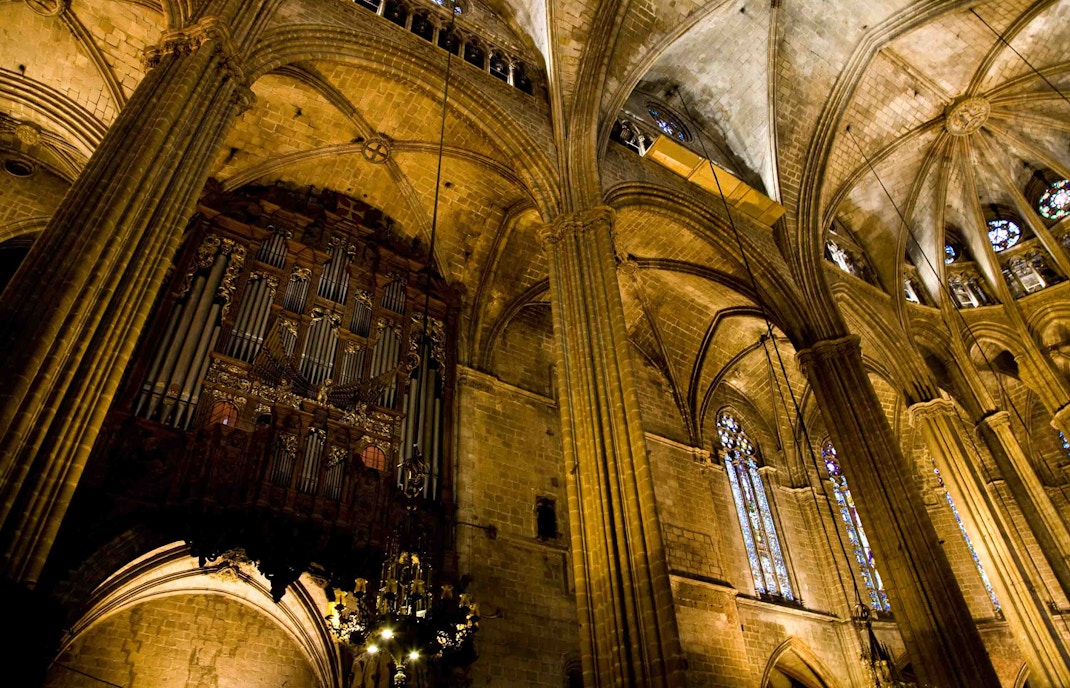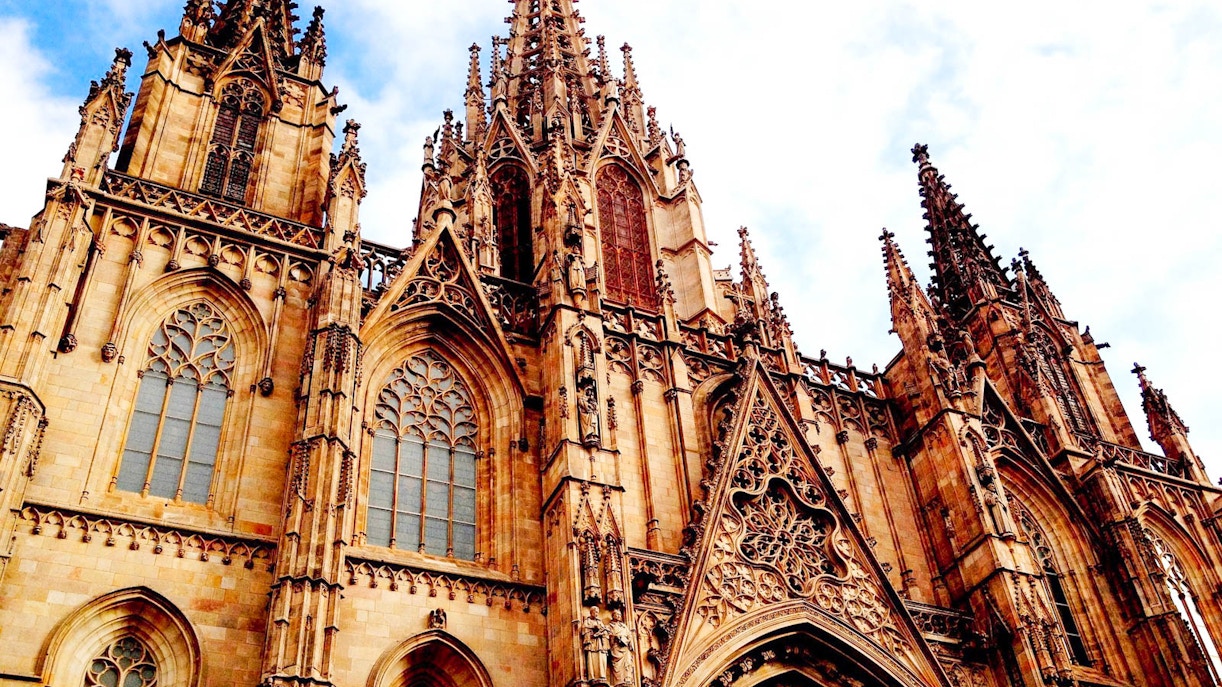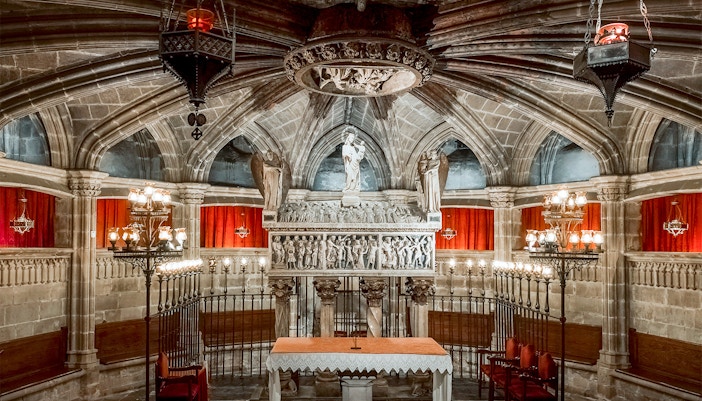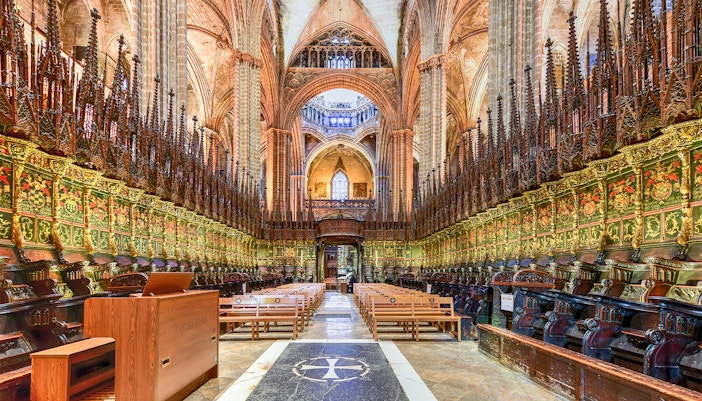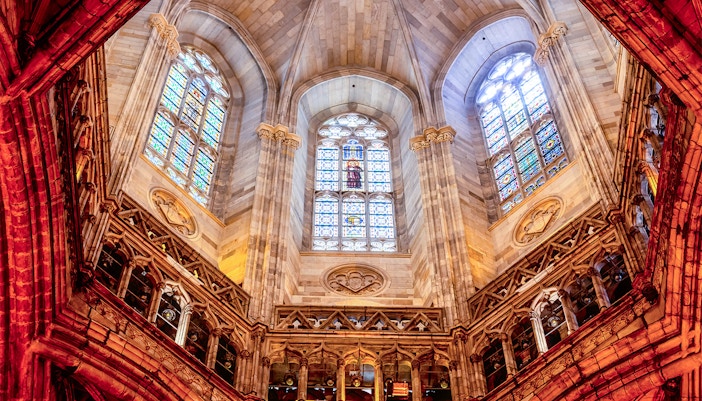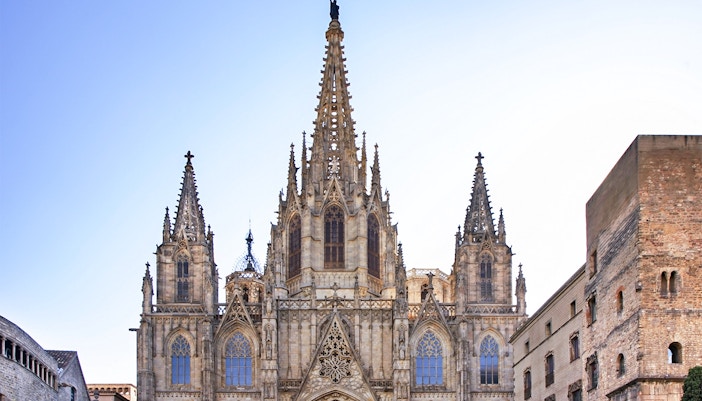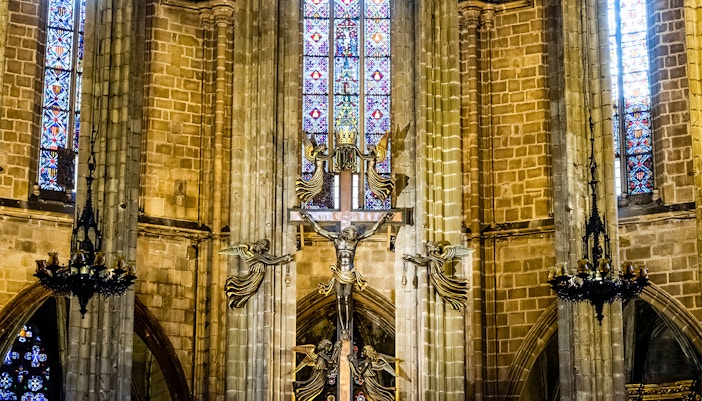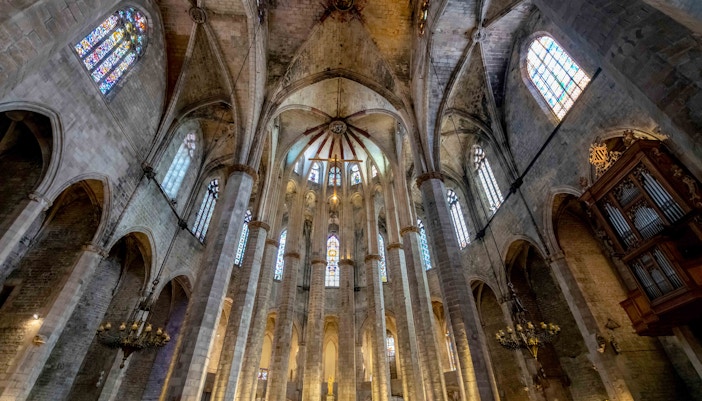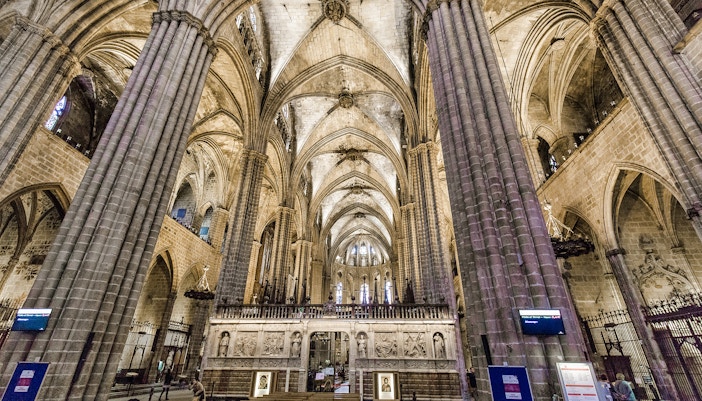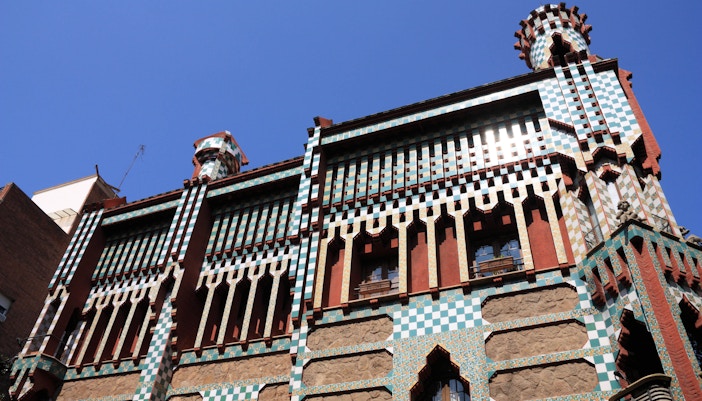History of Barcelona Cathedral in a nutshell
3rd - 4th centuries: Although there are no proven historical records of the early presence of Christianity, the martyrdom of Saint Eulalia and Saint Cucuphas bear witness to the existence of Christians in Barcelona during the 3rd and 4th centuries. Recent excavations of the eastern wall of the Cathedral revealed a building with 3 naves separated by white columns - a classic symbol of the paleo-Christian basilica that stood here during the 4th century.
7th - 10th centuries: Initially, the relics of Saint Eulalia were hidden in the early basilica to avoid desecration by the Arab invaders in the 7th century. A century later, her relics were miraculously found inside the temple of Santa Maria de Les Arenes. During the Arab invasion, one of the chiefs named Almanzor burned and destroyed the whole city. The basilica, however, remained standing strong until the 10th century.
When the Romans invaded Barcelona, Roman Berenguer the Old and his wife Almodis along with Bishop Guislabert commanded the construction of a Roman temple on the site of the basilica. Towards the middle of the 10th century, the Roman temple was declared consecrated by the Archbishop Wilfred of Narbonne. This signified the end of the Roman regime in the city.
12th century - 1913: The present Gothic cathedral was built on the site of the Roman Temple in the 12th century under the reign of King James II of Aragon. About 150 years later, its construction was finally complete when King Alfonso V was in power. Keeping in mind the original designs of Josep O. Mestres, industrialist Manuel Girona Agrafel took charge of adding the central tower and neo-Gothic facade of the Cathedral. It was eventually completed in 1913 by Girona’s children.


